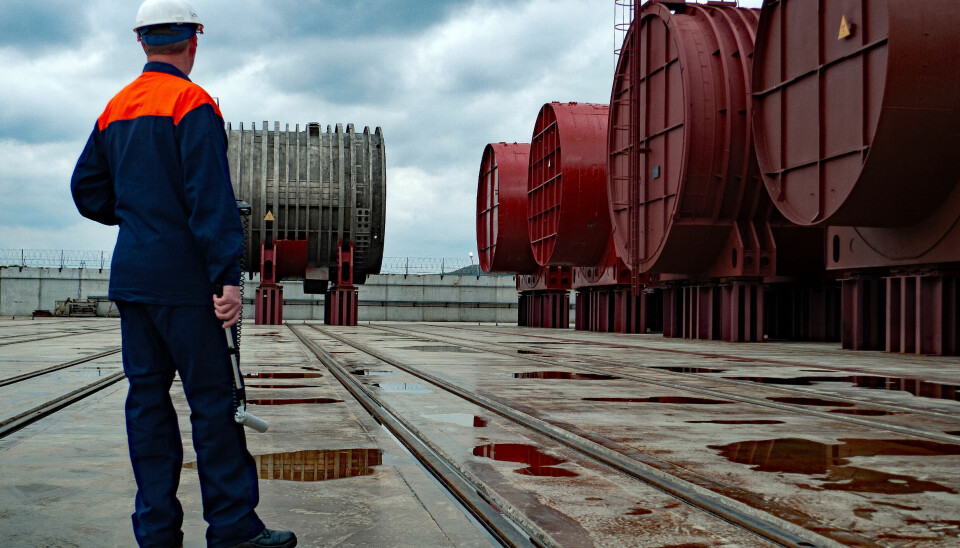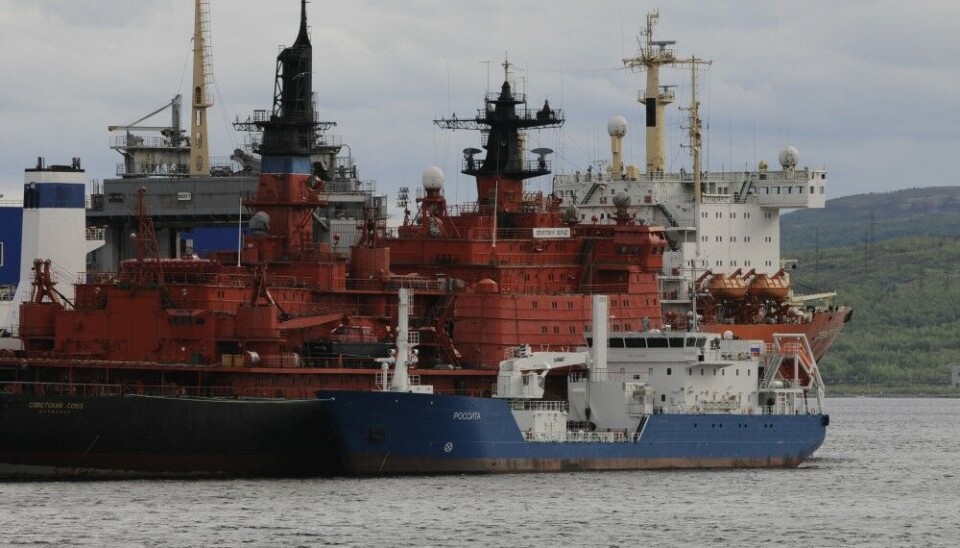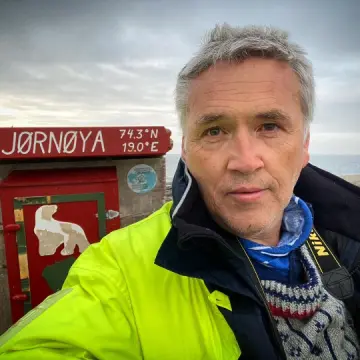
Russia to scrap multilateral nuclear environmental agreement
The Russian Government intends withdraw from the landmark agreement with the European Union and Norway that since 2003 has paved the way for multi-billion worth assistance to secure spent nuclear fuel and radioactive waste in the Murmansk region.
Norway, the European Union and the United States over years provided Russia with technical equipment and big money in help to avoid nuclear accidents and leakages of radioactivity that could harm both environment and people in the country’s northwest regions.
It was all made possible by an agreement on liability, on-site access and tax-exemptions.
The so-called Multilateral Nuclear Environmental Program in the Russian Federation (MNEPR) deal assures that should an accident take place involving equipment or workers from abroad, the providers would not be hold financially responsible. Also, Russia would refrain from taxing supplies and donations from the West.
Signed in Stockholm in May 2003, the MNEPR agreement became door-opener to all nuclear safety work later conducted at military and civilian sites in Murmansk and Severodvinsk. Like in the Andreeva Bay, a dump site for naval spent nuclear fuel and solid radioactive waste. The site was before cooperation work started likely the biggest potential nightmare of radiological harm posed to the Arctic environment.
More than 21,000 damaged and highly radioactive spent nuclear fuel rods from Soviet era nuclear submarines where stored in accidental conditions, partly outdoor, and partly in broken tanks without shelter from rain and snow.

The Andreeva Bay storage is a short 60 kilometres from Russia’s border with Norway on the Barents Sea cost, northeast of Murmansk.
It is Kremlin-linked information agency Interfax that now reports about the Government’s intention to scrap the entire MNEPR agreement. A draft document on withdrawal is underway, a necessity as the agreement itself was ratified by the Russian Parliament and later signed as a Federal law by Vladimir Putin in 2003.
The first project carried out under the agreement was Norwegian payment for decommissioning of three nuclear submarines, a work that took place at Nerpa shipyard on the Kola Peninsula from 2003-2006. The reactor compartments from those submarines are all three today stored at Saida Bay, a German financed giant storage- and handling centre for radioactive waste.
Another milestone nuclear safety project under the agreement include the transport ship Rossita, used to shuttle containers with spent nuclear fuel from Andreeva Bay to Atomflot in Murmansk.

Norway’s financial support to replace radioisotope thermoelectric generators at lighthouses in the Russian Arctic with solar panels and batteries were conducted under the MNEPR. So was the hundreds of smaller and larger safety projects at Kola nuclear power plant, including fire safety equipment and emergency back-up systems to the cooling circuit and external electricity.
Although all practical nuclear safety cooperation between Europe and Russia were frozen following the full-scale invasion of Ukraine in 2022, the cancelling of the MNEPR agreement is a final closing of doors for any future projects.
Without the agreement on liability, no Western manufacturers will sell spare parts to equipment in use at nuclear installations in Russia. Nor will any new apparatus be sent.
Aleksandr Nikitin, a nuclear safety expert with the Bellona Foundation, says to the Barents Observer it is all gone now.
“It’s amazing how in two and a half years you can destroy and cross out everything we have achieved over decades of work,” he says.
Nikitin, who himself has travelled extensively in northern Russia to work on nuclear cooperation projects with the West, is now living in exile.

















